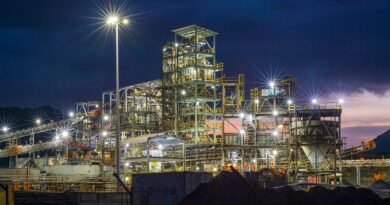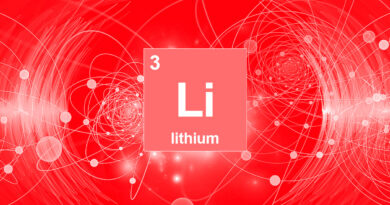South Africa needs sound mining industry to thrive
Pretoria, 21 May 2025. The Minerals Council South Africa (MCSA) notes the tabling of the third iteration of the 2025 National Budget which highlights why the economy needs a thriving mining industry.
The revised budget numbers reflect the double hit to government revenue and the debt ratio from not going ahead with the VAT hikes proposed in the March budget, as well as the downward adjustment to Treasury’s nominal GDP forecast. The latter is a function of a weaker starting point after a soft fourth quarter 2024 GDP release and concerns about the adverse domestic spillovers from global trade wars.
A weaker real GDP growth outlook and lower inflation means that the Treasury’s nominal GDP projection, the key driver of government revenue, was scaled back to 5.8% for 2025, from 6.9% projected before. Relative to the March budget, Treasury’s estimate for government tax revenue is reduced by more than R60 billion between 2025 and 2027.
To partly fill the carry-through revenue gap because of not increasing the VAT rate by 0.5 percentage points in each of 2025 and 2026, the budget proposes the following counter measures to support revenue and the broader public finances:
• The previously announced (effective) personal tax increases in 2025 remain in place. This is due to the non-adjustment of the tax brackets for the impact of inflation.
• The removal of the additional zero-rated VAT items proposed in March to soften the blow of the VAT hike.
• An inflation-related adjustment to the fuel levy. This amounts to 16c/litre for petrol and 15c/litre for diesel. In March, it was proposed that the fuel levy remain unchanged. With the oil price at a benign level and the rand trending stronger versus the US dollar in recent times, the near-term impact of the fuel levy increase should be neutralised.
• The potential for additional tax increases totalling R20 billion in 2026 and R21.3 billon in 2027. The details of these potential tax increases were not specified. Furthermore, they are contingent on whether the SA Revenue Service (SARS) can improve the efficiency of tax collections.
• A reduction in some of the provisional expenditure allocations outlined in March.
This includes a halving (to R5,5 billion) in the cost of an early retirement scheme for public sector employees and a reduced allocation to the Passenger Rail Agency (PRASA). Importantly, government remains committed to spending more on infrastructure over the medium term. If this materialises, it will support mining sector activity.
Despite these measures, on account of the softer nominal GDP numbers (the denominator of the debt ratio), the gross debt to GDP ratio is now expected to peak at a higher level of 77.4% in the current (2025/26) fiscal year versus 76.2% outlined in the March budget. Relative to the expectation in the 2024 budget, the latest debt ratio estimate for 2025/26 is more than two percentage points higher.
“The revised 2025 budget once again emphasised that in the absence of sustained higher levels of real GDP growth, South Africa’s public finances remain particularly exposed to domestic and global shocks. The latest of these are increased global trade tensions,” said Hugo Pienaar, chief economist at the Minerals Council.
Pienaar added that along with the ongoing structural reform programme guided by Operation Vulindlela, a profitable mining sector could be an important catalyst for improved government revenue, helping to prevent future tax increases.
“With that in mind, the Minerals Council is assessing the recently released Mineral Resources Development Bill, with a particular focus on whether the revised regulations will assist in driving improved mining sector growth,” says Mr Pienaar.
On the logistics reform side, Treasury officials again reiterated that government is not considering any balance sheet assistance or debt relief for rail and port utility Transnet at this point. However, on top of the R47 billion provided in late-2023, another Transnet debt guarantee is being considered.
“The bulk mining sector, which is dependent on well-maintained Transnet infrastructure, supports any initiatives to assist reforms in the logistics sector. This includes improving Transnet’s ability to borrow to finance rail and port infrastructure maintenance and upgrades,” says Mr Pienaar, adding this is essential to attract private sector operators to the rail network and port operations.




